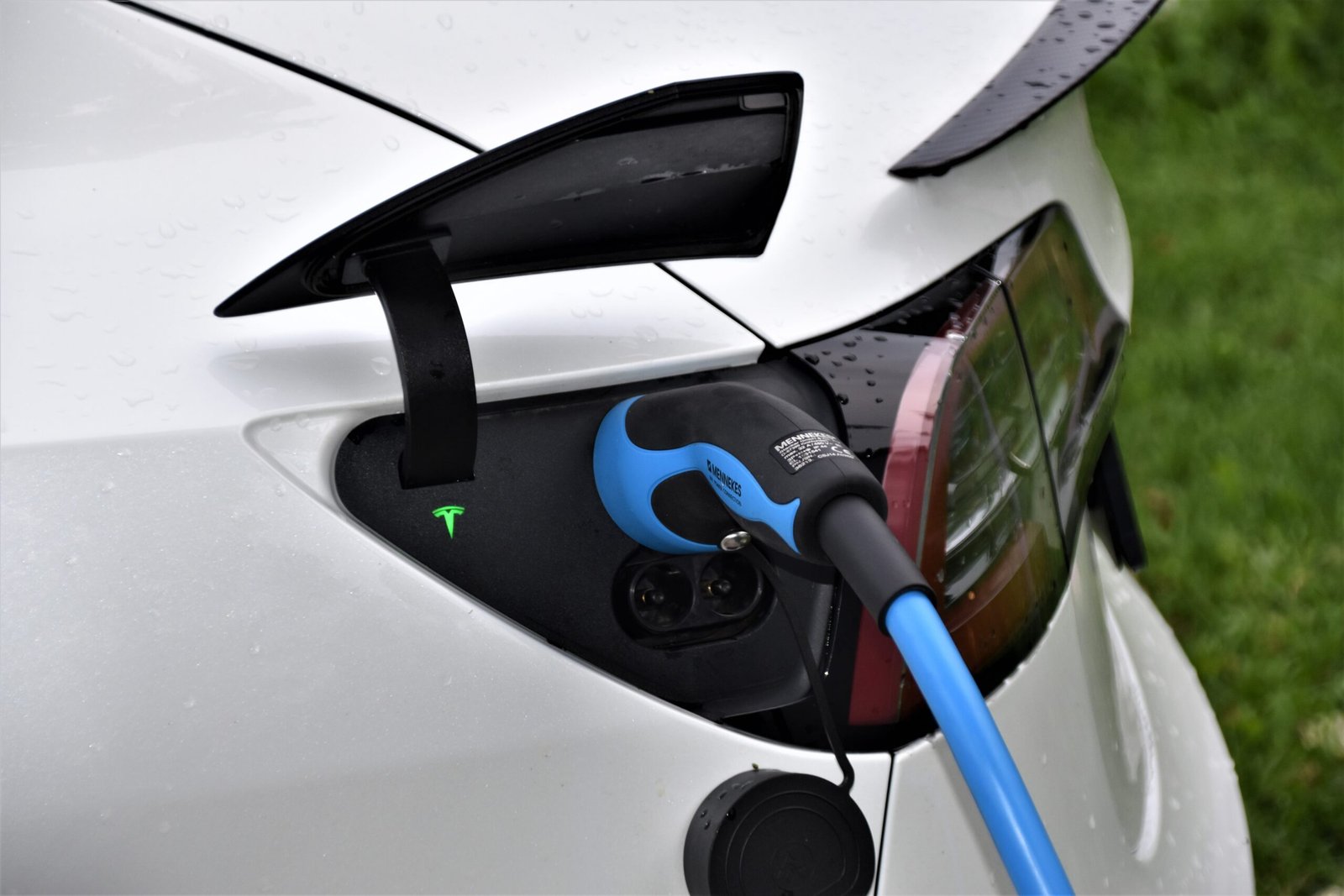BATTERY ELECTRIC VEHICLE TECHNOLOGY
Electromobility (or e-Mobility) represents the concept of using electric powertrain technologies, in-vehicle information, communication technologies, and connected infrastructures to enable the electric propulsion of vehicles and fleets. Powertrain technologies include fully electric vehicles, plug-in hybrids, and hydrogen fuel cell vehicles …
Overview
Electromobility (or e-Mobility) represents the concept of using electric powertrain technologies, in-vehicle information, communication technologies, and connected infrastructures to enable the electric propulsion of vehicles and fleets. Powertrain technologies include fully electric vehicles, plug-in hybrids, and hydrogen fuel cell vehicles that convert hydrogen into electricity. e-Mobility efforts are motivated by the need to address corporate fuel efficiency and emission requirements and market demands for lower operational costs.
A battery electric vehicle (BEV) exclusively uses chemical energy stored in rechargeable battery packs, with no secondary source of propulsion (e.g., hydrogen fuel cell, internal combustion engine, etc.). BEVs use electric motors and motor controllers instead of internal combustion engines (ICEs) for propulsion. They derive all power from battery packs and thus have no internal combustion engine, fuel cell, or fuel tank. BEVs include motorcycles, bicycles, scooters, skateboards, railcars, watercraft, forklifts, buses, trucks, and cars. BEV technology covers Battery Technology, Electric drives/Motors, Chargers and charging systems, Performance Mapping, Controllers, Safety/Handling, Do’s and don’ts / Best Practices. The subject is filled with live industry examples, tutorials, and assignments.
Key Points:
- Concept of e-Mobility:
- Utilizes electric powertrain technologies, in-vehicle information, communication technologies, and connected infrastructures.
- Enables electric propulsion for vehicles and fleets.
- Powertrain Technologies:
- Includes fully electric vehicles (BEVs), plug-in hybrids, and hydrogen fuel cell vehicles.
- Hydrogen fuel cell vehicles convert hydrogen into electricity for propulsion.
- Motivation for e-Mobility:
- Addresses corporate fuel efficiency and emission requirements.
- Meets market demands for lower operational costs.
- Battery Electric Vehicles (BEVs):
- Exclusively use chemical energy stored in rechargeable battery packs.
- No secondary source of propulsion (e.g., hydrogen fuel cell, internal combustion engine).
- Use electric motors and controllers instead of internal combustion engines for propulsion.
- Wide Range of Applications:
- BEVs include motorcycles, bicycles, scooters, skateboards, railcars, watercraft, forklifts, buses, trucks, and cars.
- BEV Technology Covers:
- Battery Technology
- Electric Drives/Motors
- Chargers and Charging Systems
- Performance Mapping
- Controllers
- Safety/Handling
- Do’s and Don’ts / Best Practices
- Industry Examples and Learning Resources:
- Subject filled with live industry examples.
- Includes tutorials and assignments for practical application.
- Motivation for e-Mobility:
- Driven by the need to meet fuel efficiency and emission requirements.
- Responds to market demands for lower operational costs.
- Comprehensive Coverage:
- Spans from fundamental concepts to practical considerations in e-Mobility technology.
Curriculum
Curriculum
- 7 Sections
- 44 Lessons
- 40 Hours
- EVOLUTION OF VEHICLE TECHNOLOGIES8
- IMPLEMENTATION OF TECHNOLOGY6
- BATTERIES7
- MOTORS8
- VEHICLE ARCHITECTURE & CONTROL MECHANISMS5
- CHARGING SYSTEM7
- Safety & Standards6


